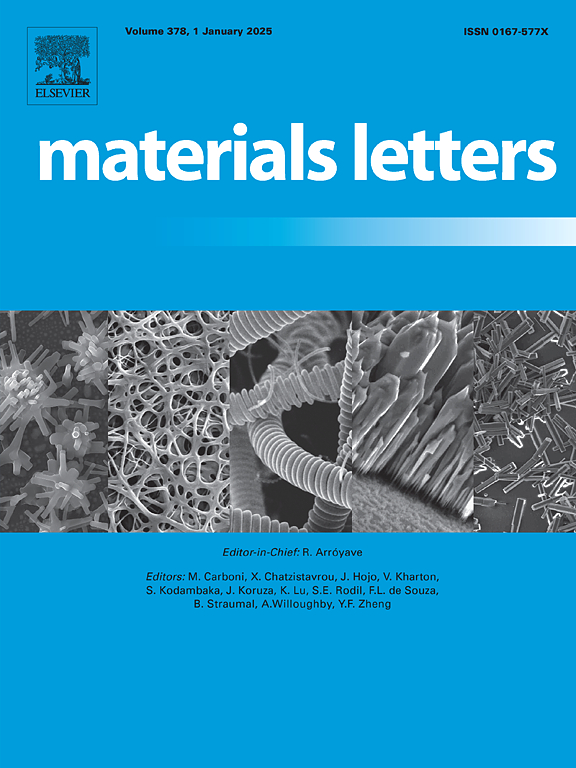Subsampling approach and data-driven models to predict silicate glass melt viscosity
IF 2.7
4区 材料科学
Q3 MATERIALS SCIENCE, MULTIDISCIPLINARY
引用次数: 0
Abstract
This study focused on developing a predictive tool for calculating glass melt viscosity between 900 °C and 1500 °C. A database containing approximately 16 000 silicate glass compositions was built using both literature data and a proprietary dataset. The approach integrates statistical techniques, including design of experiments, machine learning, and subsampling strategies for model training. Prediction accuracy was found to be highly promising for the various types of silicate glasses studied. The relative error in viscosity prediction at 1200 °C was approximately 20 % for simple SBN compositions, and less than one order of magnitude for more complex compositions.
预测硅酸盐玻璃熔体粘度的子采样方法和数据驱动模型
这项研究的重点是开发一种预测工具,用于计算 900 °C 至 1500 °C 之间的玻璃熔体粘度。利用文献数据和专有数据集建立了一个包含约 16000 种硅酸盐玻璃成分的数据库。该方法整合了统计技术,包括实验设计、机器学习和用于模型训练的子采样策略。研究发现,对于所研究的各种类型的硅酸盐玻璃,预测的准确性都很高。对于简单的 SBN 成分,1200 °C 时粘度预测的相对误差约为 20%,而对于更复杂的成分,误差则小于一个数量级。
本文章由计算机程序翻译,如有差异,请以英文原文为准。
求助全文
约1分钟内获得全文
求助全文
来源期刊

Materials Letters
工程技术-材料科学:综合
CiteScore
5.60
自引率
3.30%
发文量
1948
审稿时长
50 days
期刊介绍:
Materials Letters has an open access mirror journal Materials Letters: X, sharing the same aims and scope, editorial team, submission system and rigorous peer review.
Materials Letters is dedicated to publishing novel, cutting edge reports of broad interest to the materials community. The journal provides a forum for materials scientists and engineers, physicists, and chemists to rapidly communicate on the most important topics in the field of materials.
Contributions include, but are not limited to, a variety of topics such as:
• Materials - Metals and alloys, amorphous solids, ceramics, composites, polymers, semiconductors
• Applications - Structural, opto-electronic, magnetic, medical, MEMS, sensors, smart
• Characterization - Analytical, microscopy, scanning probes, nanoscopic, optical, electrical, magnetic, acoustic, spectroscopic, diffraction
• Novel Materials - Micro and nanostructures (nanowires, nanotubes, nanoparticles), nanocomposites, thin films, superlattices, quantum dots.
• Processing - Crystal growth, thin film processing, sol-gel processing, mechanical processing, assembly, nanocrystalline processing.
• Properties - Mechanical, magnetic, optical, electrical, ferroelectric, thermal, interfacial, transport, thermodynamic
• Synthesis - Quenching, solid state, solidification, solution synthesis, vapor deposition, high pressure, explosive
 求助内容:
求助内容: 应助结果提醒方式:
应助结果提醒方式:


